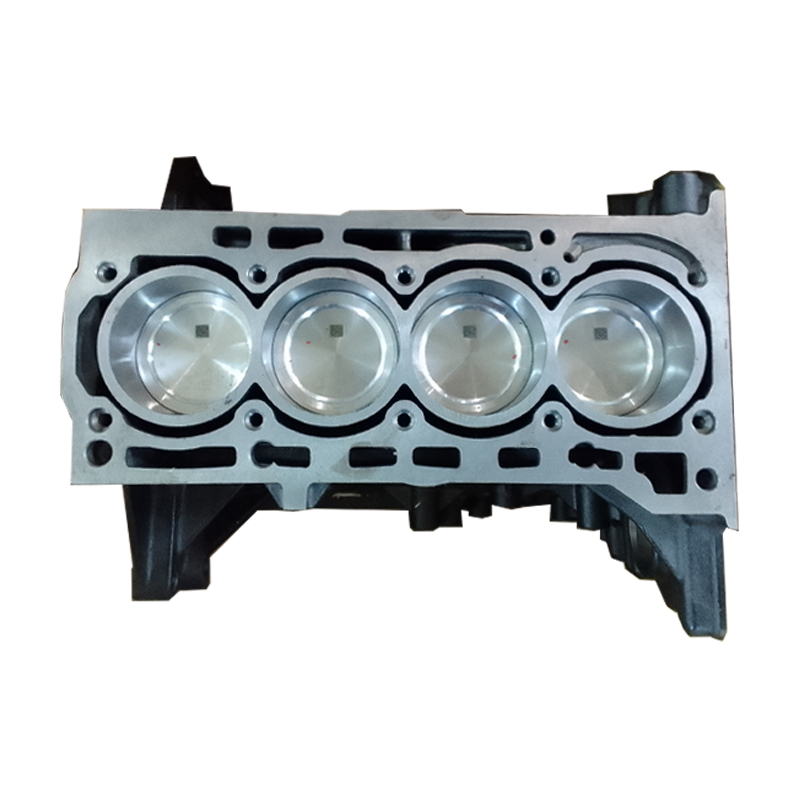Exactly How a Clp Engine Can Improve Efficiency in Numerous Industries
The development of CLP engines marks a substantial shift in functional efficiency throughout different fields, driven by their capability to maximize fuel usage and minimize downtime. Industries such as manufacturing and logistics stand to acquire significantly from their durable design and regular power output, which guarantee to simplify operations and improve performance. As companies significantly prioritize sustainability along with efficiency, the function of CLP engines comes to be much more essential. What remains to be seen is exactly how these innovations will certainly shape the future landscape of commercial procedures and their impact on more comprehensive economic fads (clp engine).
Introduction of CLP Engines
CLP engines, or Constant Liquid Propellant engines, stand for a substantial improvement in propulsion innovation, particularly for space applications. These engines make use of a constant feed system that permits the sustained expulsion of propellant, bring about boosted performance and performance contrasted to typical solid or hybrid propulsion systems. By maintaining a consistent flow of liquid propellant, CLP engines can accomplish a lot more accurate drive control, which is critical for navigating spacecraft in various objective scenarios.
The layout of CLP engines integrates innovative materials and cutting-edge gas administration systems. clp engine. This leads to reduced weight and raised reliability, essential aspects for long-duration space objectives. Moreover, the continuous procedure reduces the threat of combustion instability, a typical challenge in traditional rocket engines.

Benefits in Manufacturing
The manufacturing of Continuous Fluid Propellant (CLP) engines offers numerous significant advantages that enhance both effectiveness and cost-effectiveness. One of the primary benefits is the structured manufacturing process, which decreases the intricacy associated with traditional propulsion systems. By making use of fluid propellant, producers can achieve greater accuracy in engine efficiency, causing maximized power result and minimized waste.
Furthermore, CLP engines facilitate a greater degree of modularity, enabling easier assimilation into various manufacturing lines. This adaptability can dramatically reduce lead times and boost general operational versatility. Making use of CLP modern technology additionally often tends to lessen the need for considerable upkeep due to less moving components, which equates right into minimized downtime and operational prices.

Applications in Logistics
Leveraging Constant Liquid Propellant (CLP) engines in logistics uses considerable advantages in operational effectiveness and reliability. These engines offer a robust service for different transportation needs, enabling the seamless activity of items throughout huge ranges. The intrinsic style of CLP engines enables constant power output, which translates right into smoother and more foreseeable transport routines.
One of the key applications of CLP engines in logistics is in sturdy products transportation, where they can drive both ground and airborne automobiles. Their capability to maintain high efficiency under differing tons conditions guarantees that delivery timelines are fulfilled, consequently boosting client fulfillment. Furthermore, CLP engines can be integrated right into automated logistics systems, assisting in real-time tracking and maximizing path planning.
In addition, the resilience of CLP engines reduces upkeep downtime, enabling logistics companies to optimize their operational capacities. This is particularly beneficial in warehousing procedures, where efficiency in taking care of and moving products is critical. As logistics remains to evolve, the assimilation of CLP engines represents a forward-thinking technique that not only enhances performance however additionally supports the industry's expanding needs for integrity and rate.
Influence On Power Performance
Exactly How do Continual Liquid Propellant (CLP) engines boost power efficiency in transport? CLP engines make use of a constant circulation of fluid fuel, enhancing burning processes and maintaining a steady drive output. This style decreases energy losses linked with typical combustion engines, where fuel shipment can differ and lead to inadequacies.
The continual operation of CLP engines permits for dig this a much more efficient thermal cycle, leading to higher specific impulse compared to standard engines. clp engine. This translates to reduced gas usage for the same quantity of work done, considerably lowering operational costs throughout numerous transport sectors, including aviation and maritime markets
Additionally, the capacity of CLP engines to keep optimum efficiency under varying tons problems minimizes the requirement for regular velocity and deceleration, additionally improving fuel effectiveness. Enhanced power effectiveness not just adds to set you back savings however likewise causes reduce greenhouse gas discharges, aligning with global sustainability goals.
Future Trends and Innovations
Emerging developments in YOURURL.com Continuous Fluid Propellant (CLP) engine modern technology assurance to change the landscape of transport effectiveness and sustainability. As industries pivot towards greener choices, CLP engines stand at the leading edge, incorporating ingenious materials and design methodologies that boost efficiency while reducing environmental influence.
One of the most encouraging patterns is the adoption of crossbreed systems that integrate CLP engines with sustainable important link energy resources. This synergy can optimize gas consumption and lower discharges, aligning with international sustainability objectives. Additionally, innovations in computational liquid characteristics (CFD) are promoting the layout of even more aerodynamically efficient engines, bring about minimized drag and improved gas effectiveness.
Furthermore, the advancement of smart tracking systems is readied to improve functional effectiveness. These systems utilize data analytics and IoT innovation to maximize engine performance in real-time, making certain that the engines operate within their most reliable parameters.
As research study remains to explore alternate propellant solutions-- such as biofuels and synthetic gas-- the future of CLP engines looks encouraging. By utilizing these advancements, industries can not just improve their performance yet likewise add dramatically to a cleaner, much more sustainable future in transport.
Conclusion
In verdict, CLP engines stand for a substantial advancement in efficiency throughout numerous sectors. The combination of sophisticated materials and fewer relocating components lessens maintenance requirements, while alignment with sustainability goals settings CLP engines as an essential innovation for the future.
Comments on “Guarantee peak efficiency with a properly functioning clp engine.”